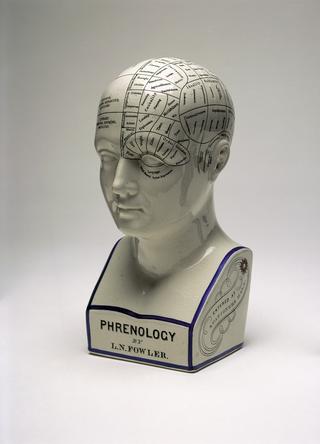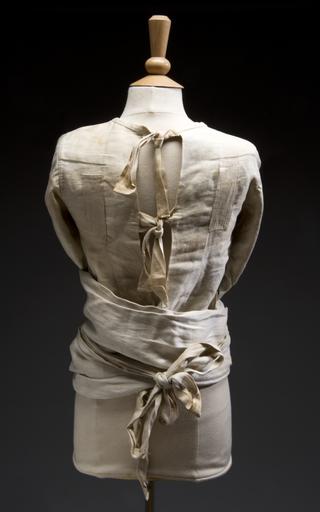




Dolls used in Psychiatry, bag of seven dolls used by Ann Dally in child psychiatry 1968-1989. From effects of psychiatrist Ann Dally.
Psychiatrist Dr Ann Dally (1929-2007) used these tiny plastic dolls and wooden horses in her practice. Dr Dally was controversial. Her views sometimes conflicted with the medical establishment of whom she was critical. Using toys in psychological assessment was first promoted by psychologist Margaret Lowenfeld (1890-1973) in the 1920s and 1930s. Lowenfeld was a paediatrician who became a pioneer of child psychology and psychotherapy. She recognised language is often unsatisfactory as an expressive medium for children. She also recognised play is essential to their development.
Details
- Category:
- Psychology, Psychiatry & Anthropometry
- Object Number:
- 2006-124
- Measurements:
-
overall (smallest doll): 70 mm x 30 mm
overall (largest doll): 130 mm x 60 mm
- credit:
- Wellcome Trust




